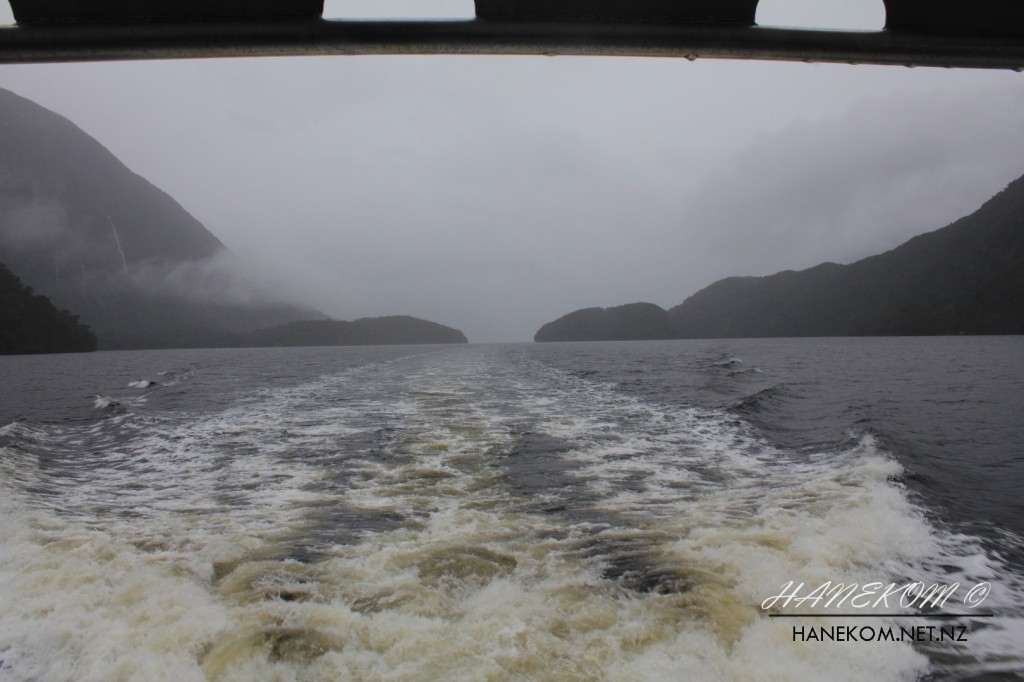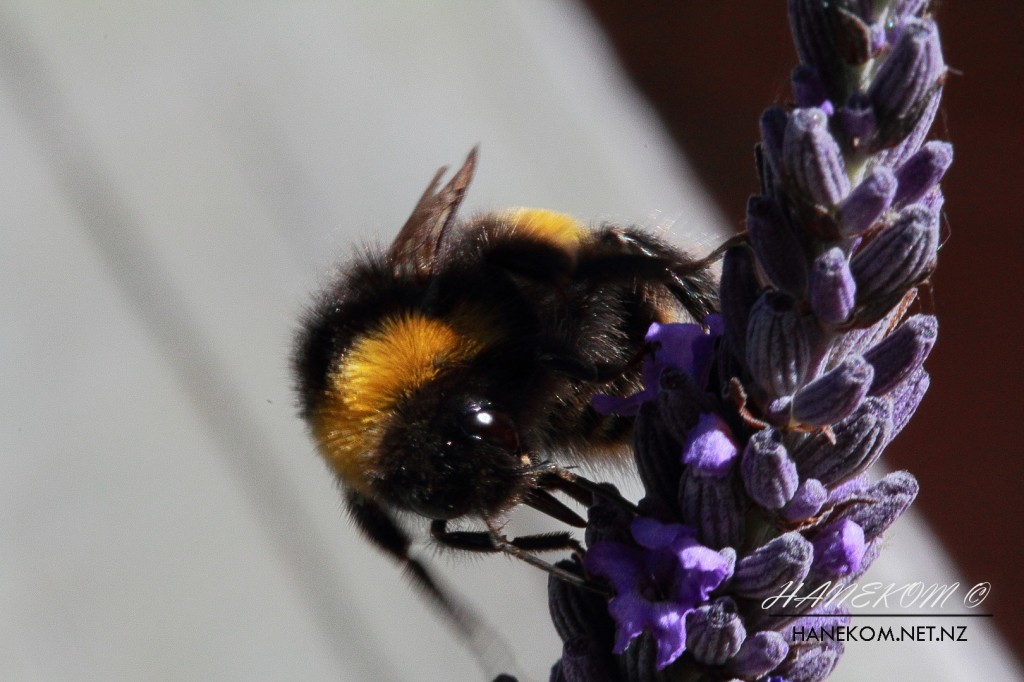In Fiordland, runoff from the unusually high rainfall creates a permanent tannin stained fresh water layer ranging in depth between 5cm and 10m on top of the salt water.
This dark fresh water layer prevents light from penetrating the ocean and as a consequence many marine species which are usually restricted to deep water (depth larger than 100 meters) flourish in shallow water (depths of less than 50 meters).
This allows recreational divers to observe species that normally live beyond their recreational dive depth range.

(#23 of 100)
